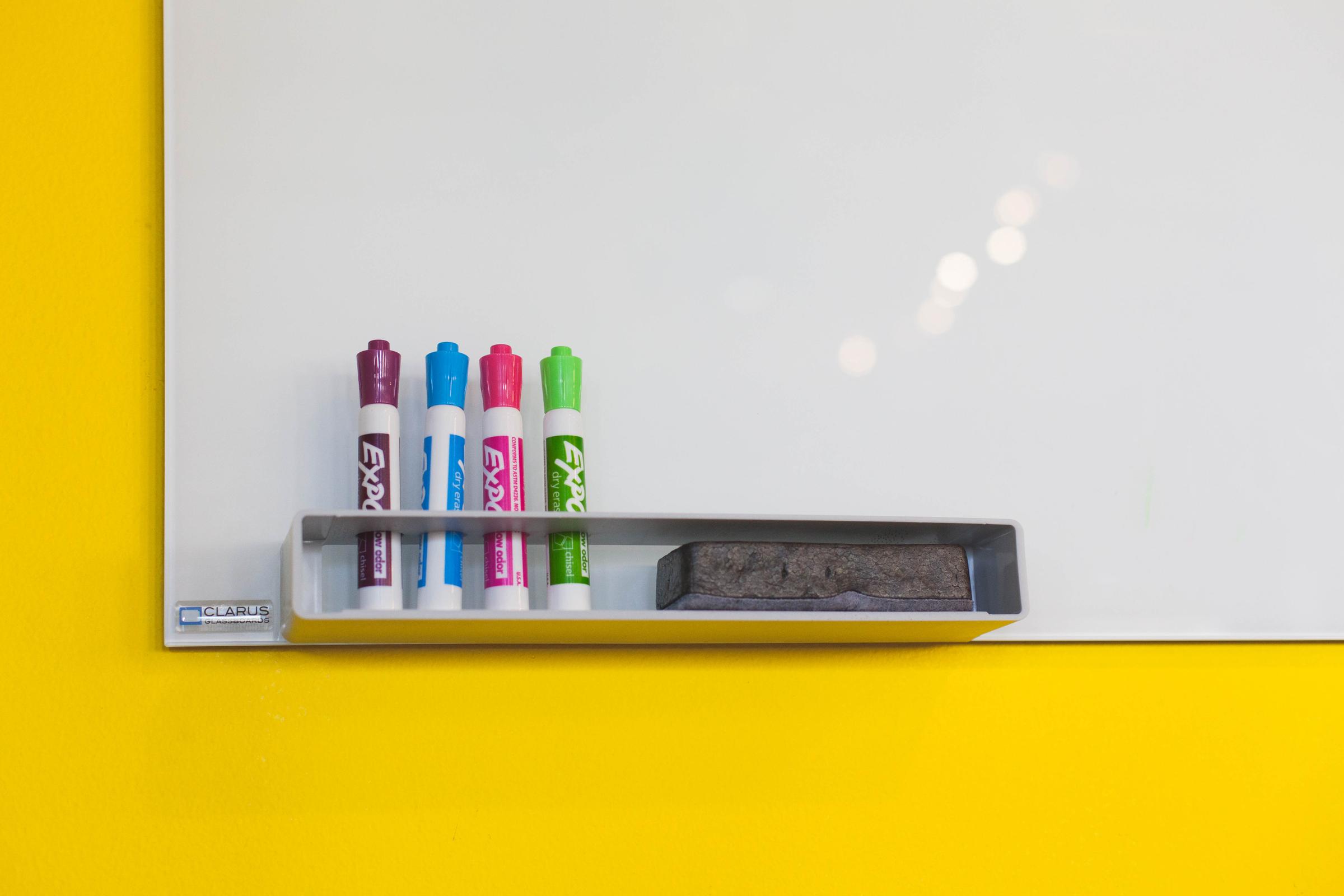Learning at St Columba's

You may have heard about low-floor, high-ceiling maths learning experiences and may be curious about what this means. When I was at school, I had anxiety about maths. I was not fast. I was afraid to make mistakes, and it felt like everyone else in the class had the answers to automatic recall while I was still figuring out the question. Have you ever felt this way, or maybe your child does?
There is a strengthening movement in maths to move away from teaching one approach to solving maths problems with one answer to maths problems; this approach doesn’t engage all learners during maths. However, the low-floor, high-ceiling approach is open and accessible to all learners at their point of prior knowledge. Problems of this nature can go as high as a student can take their thinking, and for others, allows them to access the problem at their entry-level. When discussing differentiation and differentiating teaching to support all students, low-floor, high-ceiling problems provide students with opportunities that enable success and build confidence.
Below is an example of a low-floor, high-ceiling maths learning engagement, a video explaining the importance of slow deep thinking and struggle and a research article on learning maths facts that include multiplication task cards to support students when learning facts. Check these resources out, and if you have any further questions or wonderings, please come in for a chat. I would love to hear from you.
Learning Engagement: Low-floor high-ceiling Prep - Year 8 Students LINK
Video: The Importance of Struggle LINK
Research article: Fluency Without Fear - Research evidence on the best way to learn maths facts LINK
Nicole Spence PYP Coordinator
nspence@scelwood.catholic.edu.au
